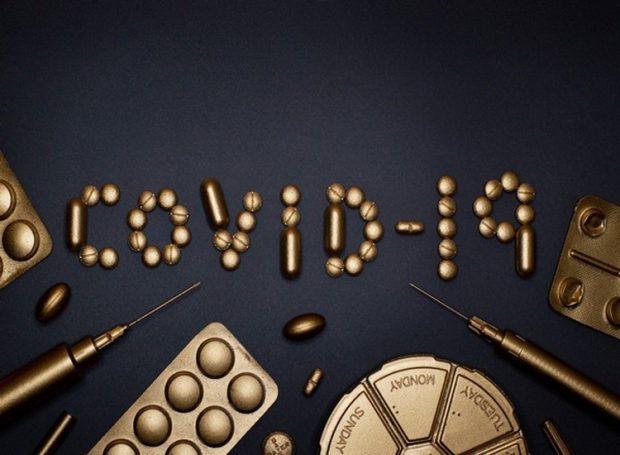By Trish Greenhalgh, University of Oxford, Jose-Luis Jimenez, Shelly Miller and Shelly Miller, University of Colorado Boulder
. Colorado (US), Jan 12 (The Discussion) Two times into the epidemic, utmost of us are fed up. COVID case rates are advanced than they ’ve ever been and hospitalisation rates are formerly again rising fleetly in numerous countries.
Against this bleak picture, we worry to get back to normal. We ’d like to meet musketeers in a cantina or have them over for regale. We ’d like our floundering business to thrive like it did before the epidemic. We ’d like our children to return to their formerly-familiar routine of in-person training and after- academy conditioning. We ’d like to ride on a machine, sing in a chorus, get back to the spa, or cotillion in a café without fear of catching COVID.
Which of these conditioning is safe? And how safe exactly? These were the questions we sought to answer in our rearmost exploration.
SARS-CoV-2, the contagion that causes COVID, spreads substantially by airborne transmission. So the key to precluding transmission is to understand how airborne patches bear, which requires knowledge from drugs and chemistry.
Air is a fluid made up of unnoticeable, fleetly and aimlessly moving motes, so airborne patches disperse over time indoors, similar as in a room or on a machine. An infected person may exhale patches containing the contagion, and the closer you’re to them, the more likely you’re to gobble some contagion- containing patches.
But the longer the period you both spend in the room, the further spread out the contagion willbecome.However, the space is nearly horizonless, so the contagion does n’t make up in the same way, If you’re outside. Still, someone can still transmit the contagion if you ’re close to them.
Viral patches can be emitted every time an infected person breathes, but especially if their breathing is deep ( similar as when exercising) or involves vocalisation ( similar as speaking or singing). While wearing a well-befitting mask reduces transmission because the mask blocks the release of contagion, the unmasked infected person who sits still in a corner is much less likely to infect you than one who approaches you and starts a heated argument.
All variants of SARS-CoV-2 are inversely airborne, but the chance of catching COVID depends on the transmissibility (or contagiousness) of the variant (delta was more contagious than former variants, but omicron is more contagious still) and on how numerous people are presently infected (the frequence of the complaint). At the time of jotting, further than 97 of COVID infections in the UK are omicron and one person in 15 is presently infected ( frequence6.7). While omicron appears further transmittable, it also seems to produce less severe illness, especially in vaccinated people.
Liability of getting infected
In our study, we’ve quantified how the different influences on transmission change your threat of getting sick viral factors (transmissibility/ frequence), people factors (masked/ unmasked, exercising/ sitting, vocalising/ quiet) and air- quality factors (indoors/ outside, big room/ small room, crowded/ pressed, breezy/ ventilated).
We did this by precisely studying empirical data on how numerous people came infected in superspreader events where crucial parameters, similar as the room size, room residency and ventilation situations, were well- proved and by representing how transmission happens with a fine model.
The new map, acclimated from our paper and shown below, gives a chance liability of getting infected in different situations (you can make it bigger by clicking on it).
A surefire way to catch COVID is to do a combination of effects that get you into the dark red cells in the table. For illustration
Gather together with lots of people in an enclosed space with poor air quality, similar as an under- voiced spa, café or academy classroom
. Do commodity emphatic or rumbustious similar as exercising, singing or crying
. Leave off your masks
Stay there for a long time.
To avoid catching COVID, try keeping in the green or amber spaces in the table. For illustration
Still, do so outside or in a space that’s well- voiced or meet in a space where the ventilation is good and air quality is known
, If you must meet other people. Keep the number of people to a minimal
Spend the minimal possible quantum of time together
Do n’t roar, sing or do heavy exercise .
Wear high- quality, well-befitting masks from the time you enter the structure to the time you leave.
While the map gives an estimated figure for each situation, the factual threat will depend on the specific parameters, similar as exactly how numerous people are in a room of whatsize.However, you can try our COVID-19 Aerosol Transmission Estimator, If you fancy putting in your own data for a particular setting and exertion. (The Conversation) AMS
AMS

